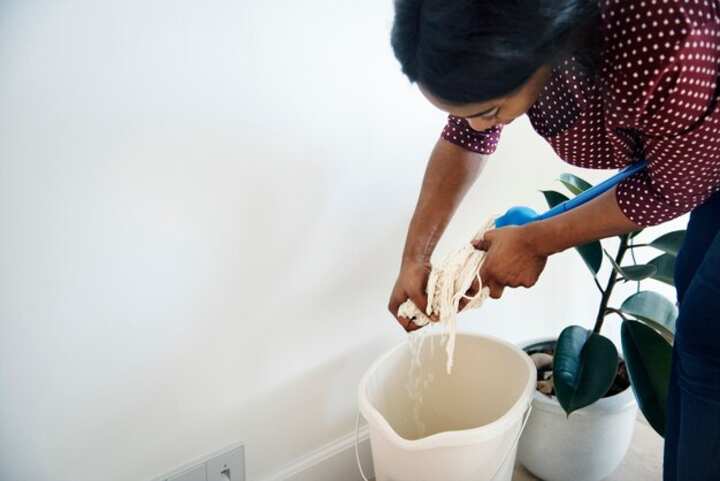
Top Mold Remediation Companies Near Me Efficient Solutions for Mold Damage
Mold damage is a prevalent issue that can cause significant health problems and structural damage if not addressed promptly. Finding a reliable mold remediation company near you is crucial for ensuring the safety and well-being of your home or business. This article explores the top considerations for choosing a mold remediation service, the typical process involved, and vital tips for preventing mold growth in the future.
Key Factors in Choosing a Mold Remediation Company
Selecting the right mold remediation company requires careful evaluation of several aspects to ensure effective and lasting solutions.
- Experience and Expertise: Companies with extensive experience in mold remediation are more likely to provide comprehensive and efficient solutions. They understand the nuances of mold growth and the best practices for removal.
- Certification and Training: Verify that the company holds certifications from recognized industry bodies, which indicate adherence to professional standards.
- References and Reviews: Look for customer reviews and ask for references to gauge the quality of work and customer satisfaction.
- Inspection and Assessment: A thorough inspection and accurate assessment are vital. Professional companies will offer detailed reports on the extent of mold damage and the necessary remediation steps.
- Comprehensive Services: Ensure the company provides a full range of services, from mold testing and removal to preventive measures and post-remediation verification.
- Insurance and Warranty: Check if the company offers insurance for their services and warranties on their work to protect against future issues.
The Mold Remediation Process
Understanding the typical process of mold remediation can help set expectations and ensure you are informed throughout the procedure.
Inspection and Mold Assessment
The process begins with a detailed inspection to ascertain the extent of mold infestation. Specialists use advanced tools to locate mold even in hidden areas. Find additional information here.
Containment and Air Filtration
To prevent mold spores from spreading during cleanup, containment procedures are implemented. High-efficiency particulate air (HEPA) filters are often used to purify the air.
Removal and Cleaning
The actual removal involves using antifungal and antimicrobial treatments to eliminate mold colonies. Contaminated materials, such as drywall or carpeting, may be removed if necessary. Read more about this topic.
Restoration and Repair
Post-remediation, the restoration process includes repairing or replacing damaged structures to restore the area to its original state.
Preventing Future Mold Growth
Prevention is key to minimizing the risk of mold damage in the future. Consider these preventive measures:
- Control Humidity Levels: Maintain indoor humidity levels below 60% using dehumidifiers or air conditioners.
- Ensure Proper Ventilation: Use exhaust fans in kitchens and bathrooms to improve air circulation and reduce moisture buildup.
- Repair Leaks Promptly: Address any leaks in roofs, windows, or pipes immediately. Learn more in this detailed guide.
- Regular Maintenance: Conduct regular inspections and maintenance of HVAC systems, gutters, and drainage systems to prevent mold-friendly conditions.
- Use Mold-Resistant Products: Consider using mold-resistant drywall and paint in areas prone to moisture.
Conclusion
Choosing a reputable mold remediation company is essential for effectively managing mold damage and ensuring a safe environment. By understanding the key factors in selection, the remediation process, and preventive measures, homeowners and businesses can take proactive steps against mold-related issues. For more insights into effective leak detection and moisture control, explore further insights here.